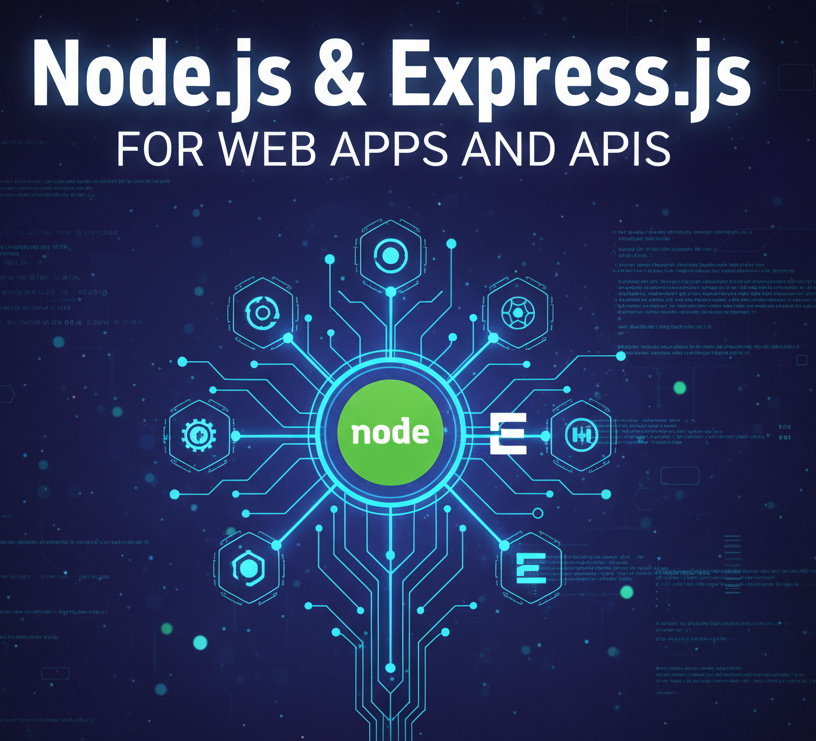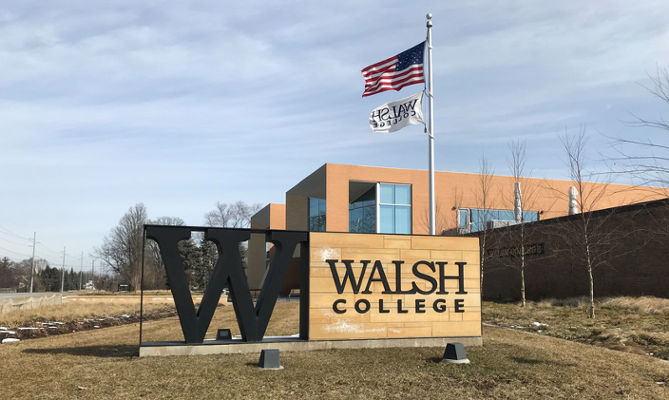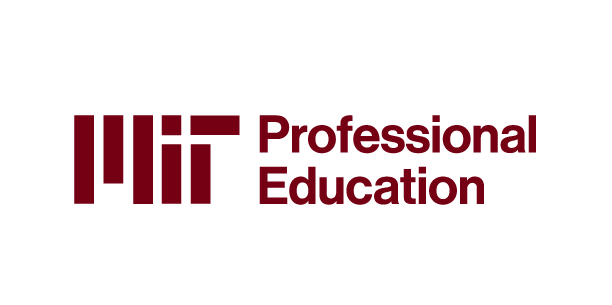Earn a certificate & get recognized
OpenCV Tutorial
Learn opencv from basics in this free online training. Opencv course is taught hands-on by experts. Learn how to install opencv and the process of opencv in details with examples. Best for beginners. Enroll for free now!
Instructor:
Mr. Anirudh RaoAbout this course
This course will introduce you to the OpenCV library, a powerful Face Detection and Recognition. You will learn to apply machine learning algorithms for face detection. Moving ahead, you will learn the installation steps for OpenCV. Next, you will get familiar with the concepts of Face Detection, Face Recognition, and Deep Learning. In addition, you will learn to implement them through hands-on demonstration. You will also be introduced to a number of applications of OpenCV used in our daily life. Once you finish the course, you can take the quiz to gain a course completion certificate that will benefit you in your career.
Upgrade yourself with our advanced Artificial Intelligence and Machine Learning courses, wherein all the concepts will be covered deeply with a hands-on demonstration of all the topics.
Course outline
Applications of Face Recognition
This chapter focuses on numerous applications of face recognition in different sectors such as security checking, attendance system, forensic investigations, and validations. Further, you will understand other face recognition applications like face detection in ATMs, traveling by plane, and finding missing people.
Face Recognition using Deep Learning
In this module, you will be familiarized with the term Deep Learning used for face recognition. Moving ahead, you will understand the steps of implementing face recognition using deep learning. Lastly, the tutor will present some examples of real-life based scenarios to help you understand better.
Introduction to OpenCV
This chapter will get you introduced to OpenCV and its application with the help of an example. Next, you will understand how Machine Learning algorithms are applied to OpenCV. Later, you will get to know the steps of using OpenCV. Lastly, the tutor will brief you on some important key concepts of OpenCV.
How to install OpenCV?
You will learn to install the OpenCV library through tutor instructions in this module. You will also understand some important commands to install this library with the help of Python. Moving ahead with the installation steps, you will also learn to use Google Colab to implement face detection and recognition in OpenCV.
Process of OpenCV
This course starts by explaining how image processing is done in computer vision. Further, you will understand how OpenCV learns image recognition using a Machine Learning algorithm for image detection. Later on, you will be familiarized with some useful functions of the computer vision library.
Get access to the complete curriculum once you enroll in the course
What our learners enjoyed the most
Skill & tools
67% of learners found all the desired skills & tools
Our course instructor

Mr. Anirudh Rao
Artificial Intelligence Expert
Frequently Asked Questions
Will I receive a certificate upon completing this free course?
Is this course free?
What are the prerequisites required to learn this OpenCV Tutorial?
Taking this course won’t require any knowledge of the topics covered in this tutorial. So, anyone having little or no knowledge in this domain can enroll in this course and start learning.
How long does it take to complete this free OpenCV Tutorial?
The tutorial contains 2 hours of video content that mainly focuses on the OpenCV library of python and its applications in the real world. The tutorial is self-paced, and learners can finish this course at their own pace.
Will I have lifetime access to the free course?
Yes, the course has no restrictions on the number of times you revisit it. Learners can learn from the course anytime.
Other Artificial Intelligence tutorials for you
OpenCV Tutorial
OpenCV has become an integral part of almost every programmer. It is an exciting concept that paves many opportunities for programmers to explore it. You can’t ignore it as it is mainly used in many real-time applications. It is becoming an incredible concept for many to bring out many more applications. OpenCV plays a vital role in Artificial Intelligence, and robotics applications solely depend on OpenCV. Image processing is one of the main applications that uses OpenCV for its successful execution.
OpenCV favors various programming languages like Python, C, C++, Java, etc. Many OpenCV C++ tutorials, OpenCV python tutorials, and many Python OpenCV examples on the web. If you want to learn OpenCV, there are many resources for your help. Learning OpenCV has now become mandatory to explore more AI applications. There is a Python API for OpenCV called OpenCV-Python. This API combines all the best qualities of an OpenCV API. This library is specifically designed to provide solutions to computer vision problems.
Nowadays, you may often encounter various OpenCV examples, OpenCV C++ tutorials, and OpenCV courses. OpenCV tutorial C++ and OpenCV Python tutorial are some of the common findings found on the web. These tutorials are popular because they hold an important place in implementing OpenCV. As it is open-source, any developer can contribute editions to the library, documentation, etc. You can also modify these codes based on your requirements by cloning them.
Many of you may be wondering what Computer Vision is? It is a process through which you can understand videos and images, analyze their storage, manipulate them and retrieve the data. You can also say that computer vision is an integral part of Artificial Intelligence. For a machine to behave like a human, vision becomes essential. Thus, to achieve computer vision successfully, we have OpenCV. With the increase in the growth of AI machinery, OpenCV is becoming more and more worthy of its applications.
OpenCV has shown great potentials in computer vision, image processing, and machine learning. It plays a significant role in making real-time applications successful. Through the OpenCV library, one can analyze various videos, images, and even a person’s handwriting. Many robotics applications require OpenCV libraries in their code to make their robotic application successful. You can also see a rise in OpenCV usage in robotics applications. With the advancement and new growth in technology, the need to digitalize most of the processes and make works a lot easier is a common process. OpenCV is one of them, adding a significant contribution to growing the tech world to its greater heights.
OpenCV plays a vital role in face detection and recognition. Without OpenCV achieving, face detection and recognition with an optimized approach are next to impossible. To date, OpenCV played a significant role in this application and contributed a lot to making it successful in many areas. Specifically, security and law firms. It was always a burden to ensure the security of oneself. But now, you can ensure your’s and your loved ones’ safety with the help of the OpenCV application.
Due to OpenCV, you can now track people in real-time, either video or an image. Image processing has become a great domain to explore and bring out the best. OpenCV comes with many applications like Automated inspection and surveillance, face detection and recognition, detecting the number of people in a crowded area like foot traffic in a mall, count of vehicles on highway with their speed, detecting the odd defective products, object recognition, medical image analysis, Robotics, and many more.
Image processing is where you perform operations on an image. You analyze the image in an enhanced way to extract helpful information. It is also known for manipulating digitized images to improve their quality. This also applies to Face detection and recognition. You can identify the desired person in the big picture of people all around with the help of this image processing. An image can be of two dimensions, and it is considered the two-dimensional function, which is then processed based on the algorithm implemented.
Machines don’t understand human languages. It processes your request in the form of zeros and ones, which is very well understood. In the image processing, the images will be converted according to the machine understanding, and the algorithm gets executed. You can perform various operations on images and try the basic operations. You can learn to read and edit the pixel values and do arithmetic operations on images. Through OpenCV, you will be able to analyze things faster, which everyone expects in this fast-paced world. The quicker you are, the more valuable you become. Hence, performance and improvement techniques become an integral part of all the software.
Performance matters a lot because you are dealing with the computer vision part. Along with the accurate analysis and most appropriate solution, it is still recommended that performance should be faster. OpenCV allows you to measure the performance of your code. There is always a hope of improvement whenever a code doesn’t fit well with your expectation. In OpenCV, you can manipulate the code and a few libraries, which can improve your code performance. You can also use the Python module time to measure the execution time. All these features of OpenCV are user-friendly and are manageable.
If you are coding your program using OpenCV, it must first understand the features of the images it is analyzing and get valuable insights from it, which can help it recognize the image. Face detection and recognition work on the same rule. Even though the image produced may have many living and non-living things in it, the code tries to analyze its features, and based on the similarities the face is detected and recognized. To understand how OpenCV works and its other features, advantages, and applications hop on to OpenCV Tutorial free course offered by Great Learning. Get a good grip on your basics and programming with the help of this free OpenCV Tutorial course and attain free OpenCV certification that will help you grab your dream job. Enroll today!

 4.49
4.49









.jpg)














.jpg)



.png)





.png)
.jpg)
.jpeg)
.jpg)
.jpg)




.png)


.png)




.png)
.png)
.png)



.png)
 (1).png)

.png)
.png)





.png)
.png)
.png)
 (1).jpg)

.png)
.png)
.png)
.jpg)
.jpg)
.png)





.jpg)
.jpg)
.jpg)











